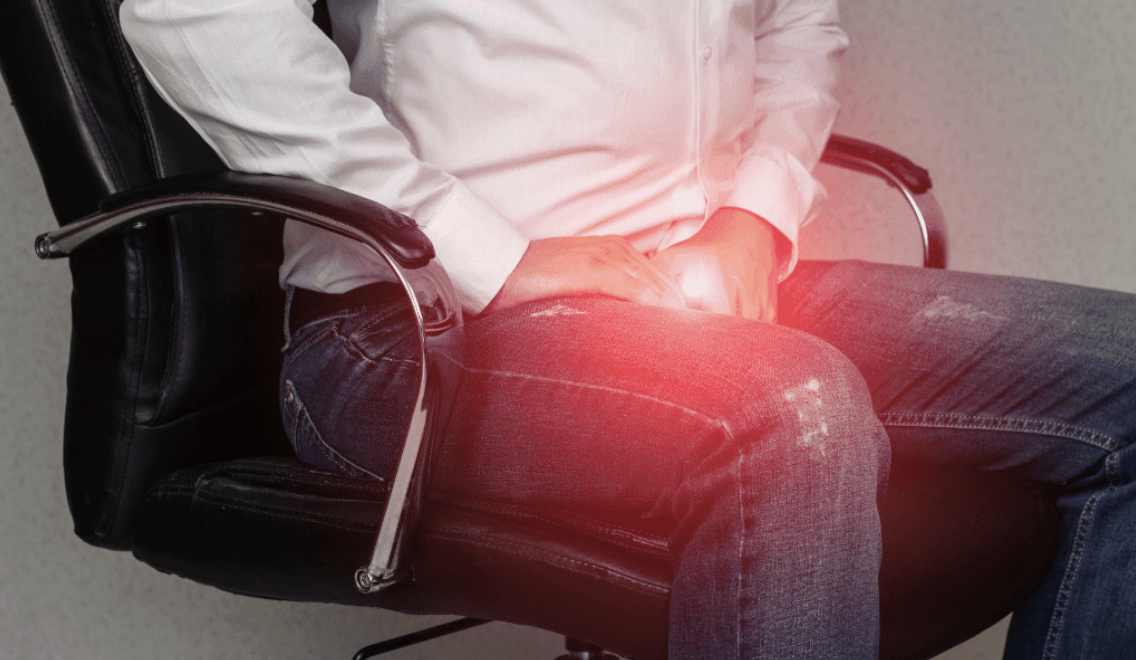The elbow, while often overlooked, is a crucial joint. A healthy elbow is essential for avoiding pain and mobility issues when using your arm. Unfortunately, the elbow can be vulnerable to various injuries and conditions, such as fractures, degenerative injuries, and arthritis-related discomfort.
Although elbow pain can be bothersome, it is typically temporary and not a reason for alarm. However, in some cases, elbow pain may signal a more severe or underlying issue that necessitates further examination and treatment by a medical professional.
Dr. Janice Fisher and the Bioregeneration Integrated Medical Centre team provide drug-free, minimally invasive methods for pain management and expedited healing through regenerative medicine. Our expertise lies in delivering Platelet-Rich Plasma (PRP) injections, stem cell therapy, and Platelet-Rich Fibrin (PRF) treatments to alleviate pain and inflammation while promoting healing.
In this article, we’ll cover various aspects of elbow pain as well as when you should consider seeing a medical professional for treatment.
This is the post content
What Causes Elbow Pain?
Overuse is one of the most prevalent causes of elbow pain. Many occupations, sports, pastimes, and exercises necessitate repetitive hand, wrist, or arm movements, which can result in various overuse injuries.
Common overuse injuries typically linked to their respective sports can affect individuals regardless of whether they play tennis or golf. Painters, plumbers, chefs, musicians, and anyone whose job involves repetitive hand, wrist, or arm movements may experience elbow pain. Similarly, those who frequently lift weights or handle and lift objects as part of their occupation may experience discomfort when lifting with the elbow.
What are Common Elbow Injuries?
Golfer’s Elbow
Also called medial epicondylitis, Golfer’s Elbow is a repetitive stress injury akin to tennis elbow. However, it causes inner elbow pain due to damage to the muscles and tendons responsible for controlling the wrist and fingers.
Tennis Elbow
Formally referred to as lateral epicondylitis, tennis elbow is a repetitive stress injury characterized by inflammation and possible micro tears in the tendons connecting forearm muscles to the elbow’s exterior, resulting in outer elbow pain.
Ulnar Collateral Ligament Injury
The ulnar collateral ligament (UCL) provides the elbow’s interior stability as it bends and extends. UCL injuries typically stem from repetitive stress caused by overhead movements and are most prevalent among throwing sports athletes. Baseball pitchers, for example, often experience UCL tears requiring Tommy John surgery.
Biceps and Triceps Tendinitis
Injuries to biceps and triceps tendons can occur near the shoulder, within the upper arm’s central muscle, or in the tendons connecting the biceps and triceps to the elbow. Tendinitis occurs when one or more of these tendons become irritated or injured. Incorrect weightlifting form can lead to biceps and triceps tendinitis, tennis elbow, and golfer’s elbow.
Osteoarthritis
Elbow osteoarthritis is typically a “wear and tear” injury where the elbow’s cartilage surface becomes worn or damaged, causing pain and stiffness. It can also result from previous trauma, such as a dislocated elbow, arm fracture, or elbow fracture.
Cubital Tunnel Syndrome
Cubital tunnel syndrome, or ulnar nerve entrapment, occurs when the ulnar nerve passes through a tunnel of bone, ligament, and muscle (cubital tunnel) on the elbow’s interior and becomes irritated, swollen, or inflamed.
Stress Fractures
Blunt force trauma may lead to stress fractures in the olecranon (the ulna’s end) at the elbow’s point.
Dislocated Elbow
A dislocated elbow happens when the forearm bones (ulna and radius) become misaligned with the upper arm bone (humerus). These three bones converge at the elbow joint, and dislocations typically result from blunt force trauma to the joint.
Which Doctor Should I Consult for Elbow Pain?
While basic home care and rest can address some elbow pain causes, both common and severe elbow injuries due to impact or trauma may necessitate treatment by an elbow specialist. If the injury is severe, it may be necessary to consult an orthopedic elbow surgeon for assessment. Orthopedic elbow specialists are medical doctors who focus on the musculoskeletal system and have undergone extra years of training specifically related to the elbow.
When to Consult a Doctor for Elbow Pain
Seek emergency care for an apparent traumatic injury, such as a protruding, broken bone or elbow deformity.
Contact an orthopedic elbow specialist if:
You struggle or are unable to move your elbow normally
You cannot use your arm or rotate your hand and wrist
You experience intense pain, bruising, or swelling in or around your elbow joint
You experience pain even when your arm is not in use
Your pain, swelling, or redness worsens
Your elbow pain does not improve with RICE (see below)
The nature of the pain shifts
New swelling, redness, or a lump appears on or around your elbow
Pain returns upon resuming regular activities
Home Remedies
Most elbow pain treatments can be administered at home, depending on the injury. First, protect the elbow from further damage by limiting repetitive movements, lifting, and other similar activities.
Follow the RICE protocol:
Rest: Halt the activity that caused the injury and cease all painful activities.
Ice: Apply ice to a swollen elbow for 15 to 20 minutes, one to three times daily, to reduce swelling.
Compression: Use a compression bandage after icing to further minimize swelling. Elevation: Keep the hand, wrist, and elbow elevated.
Non-steroidal anti-inflammatory drugs (NSAIDs): These can be used, if necessary, to alleviate pain and reduce swelling.
How Can Regenerative Medicine Alleviate Elbow Pain?
Regenerative medicine can help numerous conditions, including elbow pain. PRP therapy, a promising regenerative medicine approach for pain management, entails injecting a concentrated solution of platelets extracted from your blood into the elbow.
These platelets discharge growth factors that encourage healing and regeneration of injured tissue, ultimately contributing to pain reduction.
Regenerative Medicine Therapies for Elbow Pain Offered in Kingston and Montego Bay, Jamaica
Looking for a non-surgical approach to get rid of your elbow pain?
Consult with the Bioregeneration Integrated Medical team to determine if you are a suitable candidate for our regenerative medicine therapies.



